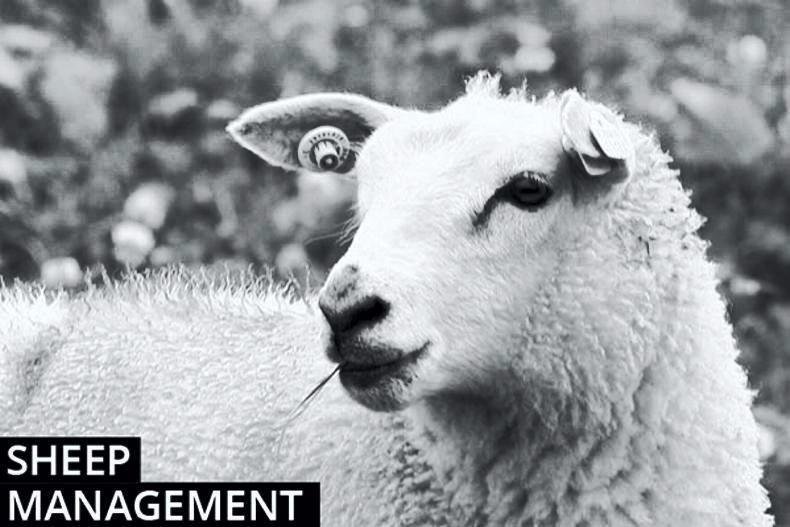Indoor finishing
More farmers are housing lambs to finish indoors, particularly in areas facing an ongoing challenge of difficult ground conditions and poor grass utilisation. Having lambs built up on to a significant level of concentrates while outdoors will help to lead to a smoother transition where lambs are being transferred on to a high-concentrate diet.
Where this is the case, it is important to increase feeding levels gradually while continuing to offer lambs access to a source of roughage. This can be reduced as meal intake rises. Where lambs have not previously been consuming concentrates, it is essential to monitor animals in the first few days to ensure that all lambs begin to eat. This is particularly important with hill lambs as some can be very slow to start consuming meal and may need to be removed to another pen for preferential treatment.
Once lambs have been built up to ad-lib feeding, there are a few important components to remember. The diet should be kept consistent because significant changes have the potential to hit intake. Meal should not be allowed to run out and should this occur, it is important to increase levels gradually again. Teagasc advises to avoid feeding excess salt as this increases water intake and urine production. They also recommend including Ammonium Chloride at 0.5% of the finishing diet to protect against urinary calculi while offering lambs a good supply of fresh water is crucial.
Another important aspect to remember is taking account of withdrawal dates. Lambs on a high-concentrate diet can perform very favourably indoors, with Scottish Blackface lambs typically averaging 200g to 220g daily, while crossbred and lowland lambs will achieve daily liveweight gains ranging on average from 260g to 280g. Individual performance can be far greater and as such it is important to weigh lambs regularly and draft accordingly. Intake levels will typically average around 1kg to 1.2kg for hill lambs and 1.2kg to 1.4kg for lowland lambs, which at current lamb prices heightens the importance of ensuring lambs have the correct conditions to perform satisfactorily and reach slaughter condition quickly. Finishing lambs on silage and meals is only a runner where farms have access to excellent-quality silage with a dry matter digestibility (DMD) level in the mid to high 70s.
Sheep welfare scheme
Participants in the Sheep Welfare Scheme who have selected the post-breeding mineral supplementation option must get the basic components right to safeguard your payment. The 60-day period of cover starts the day rams are joined with ewes. The product (or products) used must at least cover this period. Supplementation may commence in advance of breeding but this needs to be taken into account in the supplementation programme. Products must state the period of cover and the dosage rate. Inspections are ongoing so keep records up-to-date in the scheme recording book. Where there are split breeding dates in place the starting dates and number of animals in each group must also be recorded. Your flock register also needs to be up-to-date as this may be reviewed to ensure the reference number of ewes has been maintained throughout the year.






 This is a subscriber-only article
This is a subscriber-only article










SHARING OPTIONS: